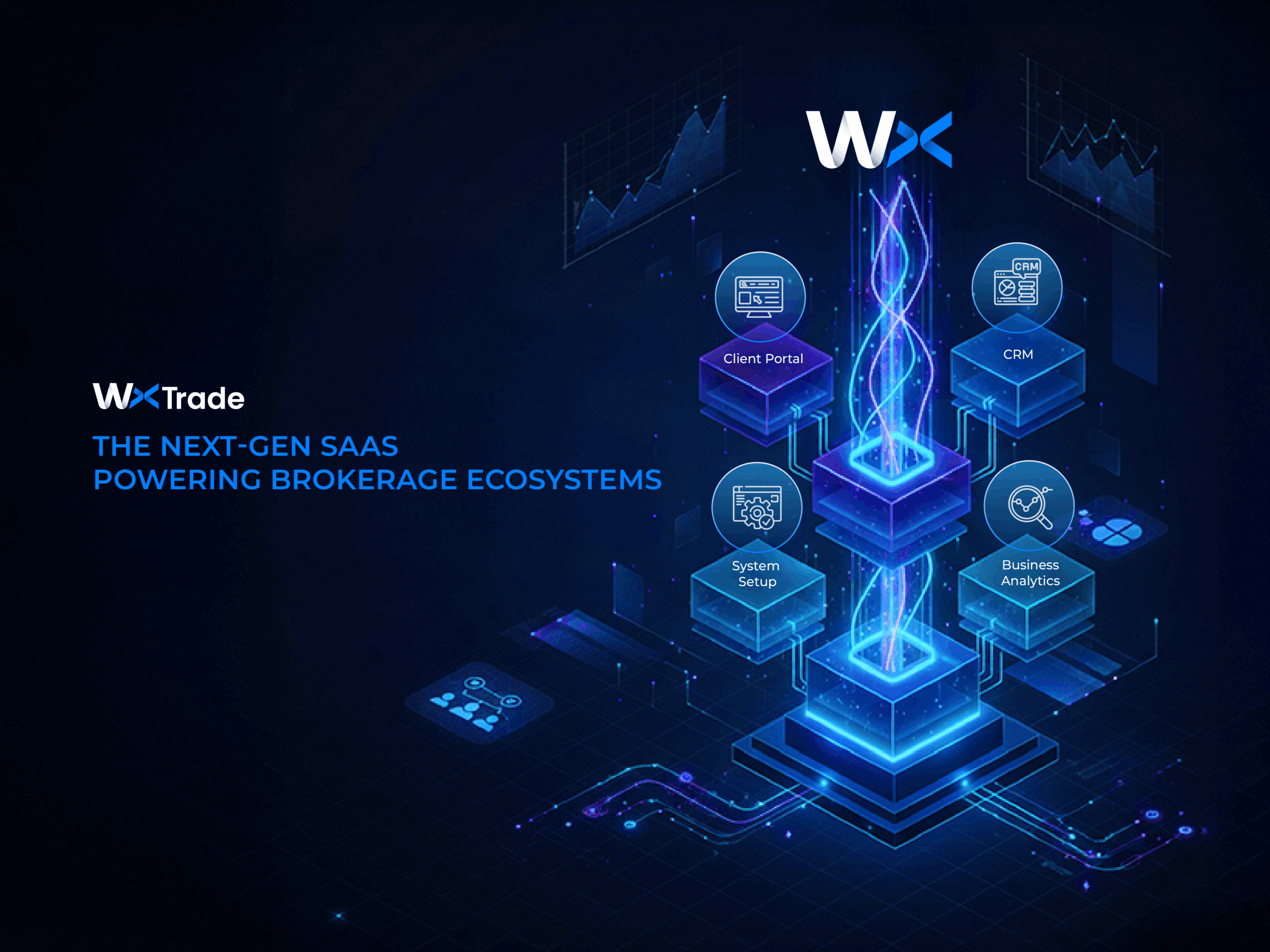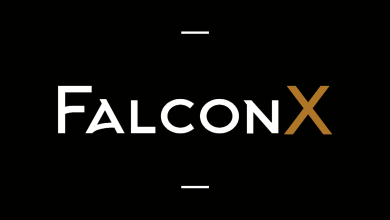WxTrade: The Next-Gen SaaS Powering Brokerage Ecosystems


WxTrade is gearing up for its official debut at iFX EXPO Asia 2025 in Hong Kong, bringing first-hand fintech execution to the center of brokerage technology. Built as a one-stop service, it streamlines the entire journey of begining and scaling a brokerage—so a team can arrive with capital and leave with an operational stack.
At the core is a Multiple-Trading-Platform ecosystem designed for modern brokerage ops: a powerful, web-based CRM + Client Portal with centralized control, granular roles/permissions, and full branding. Around it sits an integration fabric that connects to leading multi-asset trading platforms, payment gateways, and institutional liquidity—delivering a unified operating model without vendor lock-in.
This article walks through the brokerage ecosystem approach and shows how our comprehensive model—consulting and setup, core software, and third-party integrations—raises operational efficiency, compresses launch timelines, and future-proofs the technology footprint.
The Platform Arms Race Is Over
Front-end features commoditize rapidly. Durable advantage has shifted to the operating system behind the brokerage: unified data models, an integration fabric, automation, and auditability. That’s the design center of our platform, so evaluations focus on time-to-onboard, risk visibility, and compliance readiness, not UI flourishes.
What a Brokerage Ecosystem Actually Is
A brokerage ecosystem is a unified backbone connecting trading interfaces (desktop/web/mobile), CRM, Client Portal, risk, finance, payments, and retention tooling—anchored on a consistent identity and data model. In our delivery model, the modules come as a one-stop service: entity/licensing consulting plus the core CRM and Client Portal that run daily operations.
The Canonical Layers, Mapped
- Client interfaces: Desktop, web, and mobile with synchronized state (balances, orders, watchlists) so clients can switch devices without friction.
- CRM & Client Portal: KYC Automation, document vaults, ticketing, and self-service. Granular staff roles and permissions from one console—built for lean teams.
- Risk & finance core: Margin, exposure, P&L, treasury, payments, automated reconciliations—on the identical event stream as trading.
- Engagement & retention: Segmentation, alerts, loyalty tiers, education flows—cohort targeting from live trading + CRM signals.
- Integration fabric: Open APIs, webhooks, SSO, entitlements, schema-managed data bus; a central hub across leading multi-asset trading platforms to avoid lock-in.
- Governance & compliance: Policy engine, immutable logs, reporting—evidence by default, not later than-the-fact forensics.
The Unified Client & Account Data Model
At the core is a normalized client/account schema that eliminates duplicate states. Our data model emits event streams (positions, balances, cash movements, KYC artifacts) consumed in real time by risk, finance, and portals—reducing EOD firefighting, powering live dashboards, and producing clean audit trails.
Third-Party Integrations That Actually Simplify Ops
To expand the platform—and push a brokerage’s capabilities beyond the limits of any single trading front end—the suite exposes open APIs and a webhook catalog that support third-party integrations as first-class citizens. Partners and in-house teams can extend workflows (onboarding, payments, risk, reporting), attach new regional payment rails, or add analytics and retention tools without re-architecting core systems. Versioned endpoints, idempotent flows, and entitlement controls keep these extensions stable and secure, while the integration fabric standardizes data contracts so multiple providers can run side-by-side. In practice, this API-first approach turns “platform constraints” into extensible surfaces—letting operators iterate quicker, test new providers, and scale across regions without bespoke, fragile code.
Web-Based, Customizable, and Cost-Effective by Design
Desktop installs and rigid templates are a tax on growth. Our browser-native CRM and Portal ship with SSO and responsive layouts; a theme system controls colors, typography, components, and page structure. Because portals sit on the identical unified data layer as risk/finance, copy and onboarding changes land without re-plumbing data.
Build vs. purchase: Optionality Without Vendor Lock-In
Avoid the false choice between brittle point-tools and monoliths. Our modular, API-first stack exposes versioned endpoints and a webhook catalog, guarantees data-export rights, and decouples connectors from business logic—so components can be swapped without destabilizing the rest.
Read next:
Your 90-Day Implementation Blueprint
- Days 0–30: Identity + Unified Data—Finalize client/account schema, SSO, and event bus; cut over identity and balances to establish the single source of reality.
- Days 31–60: Risk/Finance + Payments—Wire exposure & P&L calculators to the stream; enable automated reconciliations; stand up treasury/settlement views.
- Days 61–90: Retention + Portal Self-Service—Launch alerts, segmentation, loyalty; expose self-service (banking, limits, statements); instrument KPIs (KYC time, first-fund time, 28-day retention).
Conclusion: Brokerage Ecosystems Create Compounding Advantage
Ecosystems turn trading platforms into durable, controllable businesses by unifying client data, risk/finance, payments, and compliance. Our platform operationalizes this as a one-stop service—consulting and setup plus the core CRM/Client Portal and third-party integrations—so gains in onboarding speed, reconciliation, retention, and audit-readiness compound over time.
Ready to operationalize this?
This content is the opinion of the paid contributor and does not reflect the viewpoint of FinanceFeeds or its editorial staff. It has not been independently verified and FinanceFeeds does not bear any responsibility for any information or description of services that it may contain. Information contained in this post is not advice nor a recommendation and thus should not be treated as such. We strongly recommend that you viewk from a qualified and regulated professional, before participating or investing in any financial activities or services. Please also read and review our.







